A Fantastic STEAM Learning Journey
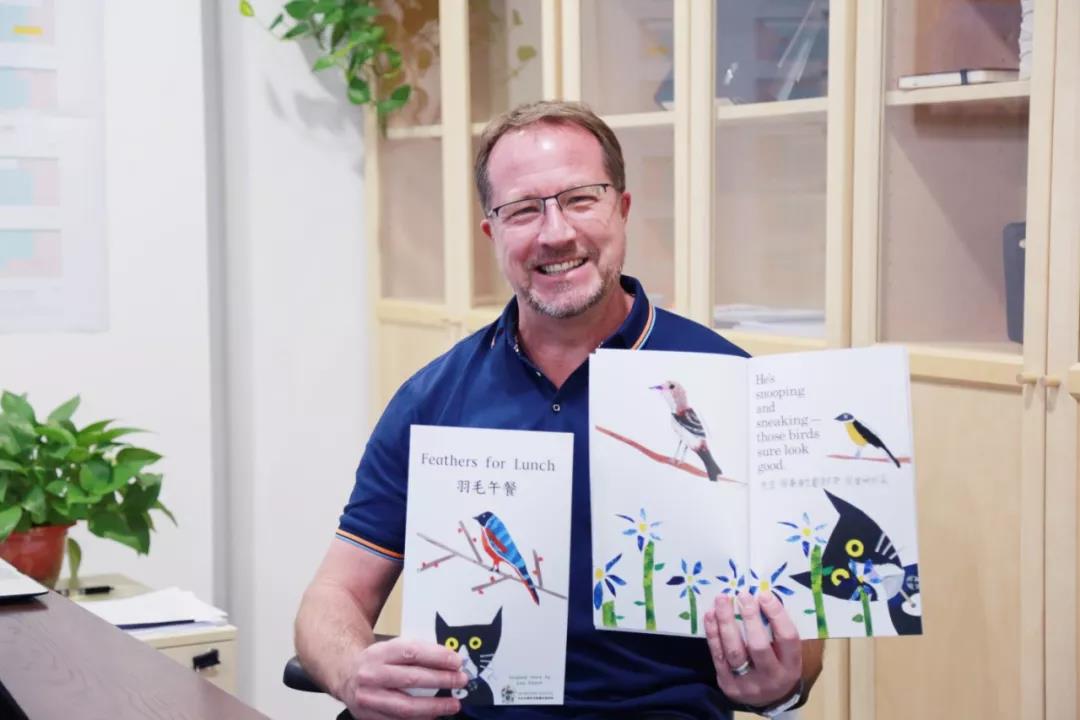
STEAM and Inquiry-based Learning
STEAM curriculum is an integrative approach to teaching and learning. This model combines Science, Technology, Engineering concepts, Art and Mathematicsto create an opportunity for students to use multiple ‘tools’ instead of focusing on one academic content area at a time.
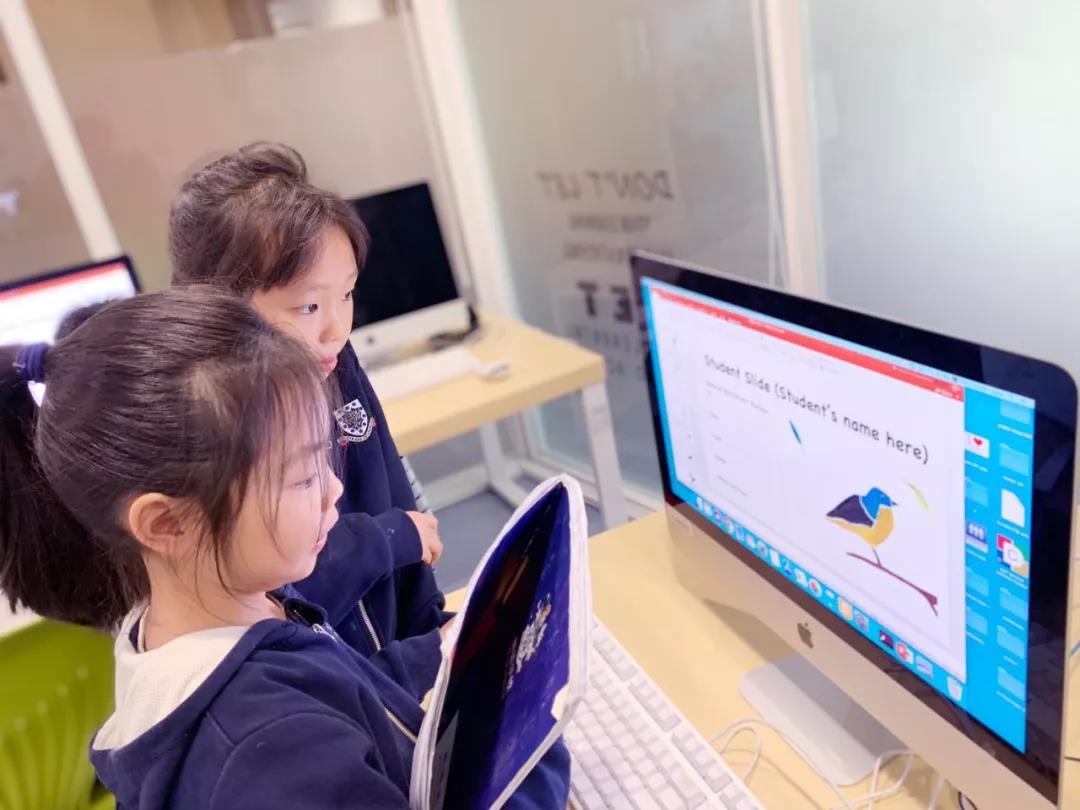
In STEAM education, students don’t just access the specific academic content areas, but they are learning and being assessed on each subject area within one integrative project, problem or challenge. Often in schools these individual academic subject areas are taught in ‘silos’, and not combined.
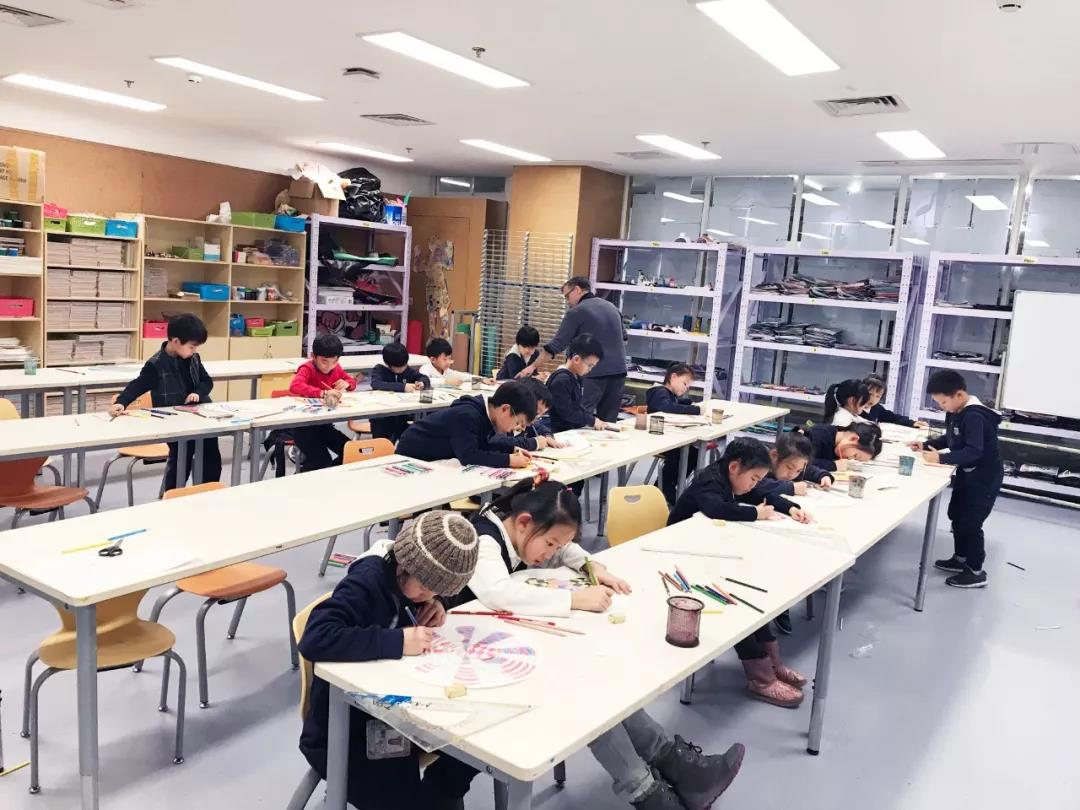
In the real world, multiple academic areas are used together to solve authentic problems. STEAM gives the students and teachers the opportunity to access and use these skills in a more authentic application and fosters critical thinking, innovation and creativity. STEAM helps us to prepare students for the careers and challenges of the future.
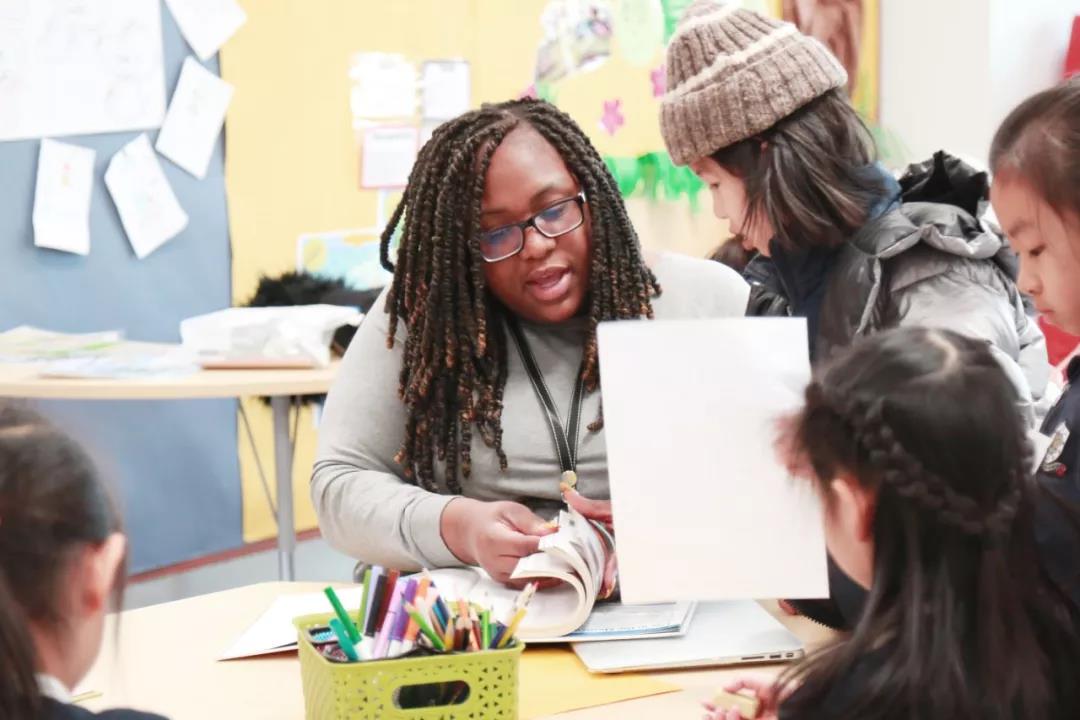
STEAM curriculum often is combined within a variety of student-centered, experiential learning models such as Project-Based Learning (PBL), Design Thinking or simply problem-based learning models that focus on inquiry and solving real-world problems. STEAM projects can also be thematic using a topic or an idea to connect the academic content areas in a series of projects, or lessons.
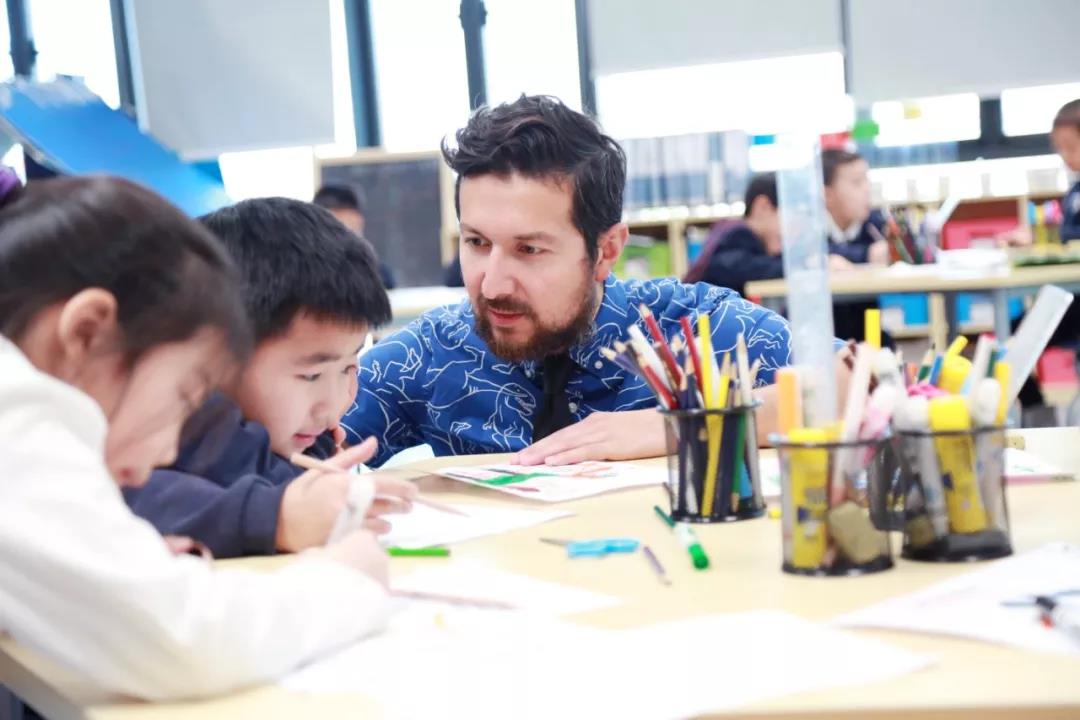
Experiential Learning is the process of learning through experience and is more specifically defined as learning through reflection on doing.Experiential learning is often hands-on and collaborative in design. Students develop personal understanding, knowledge, skills and attitudes through the analysis of, and reflection on, activities. Through the process of solving a variety of real-world problems, we cultivate the students' spirit of daring to try, while fostering their creativity, teamwork and communication skills to cope with future challenges. These models represent a shift from the traditional teaching paradigm, to a more integrative learning paradigm.
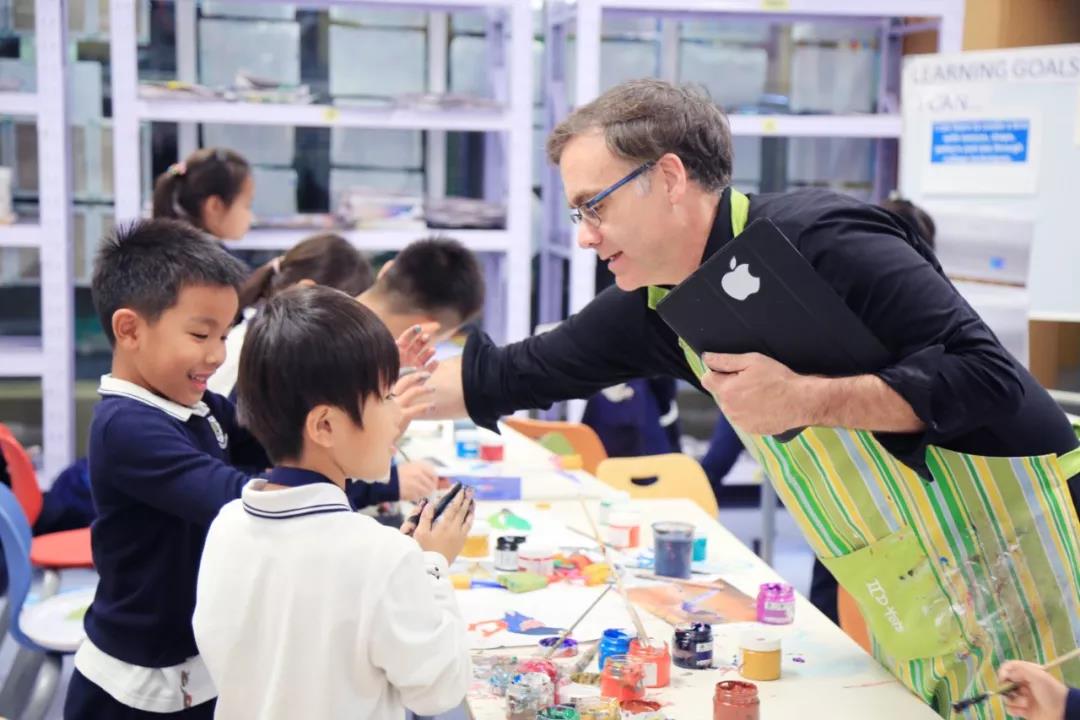
We create learning experiences that help students unlock their creative potential and apply it to the world. Students want to make real impact in the world. We believe they can start immediately.
Inquiry-Based Learning is a student-centered model of active learning that starts by posing questions, problems or scenarios. It contrasts with traditional education, which generally relies on the teacher presenting facts and his or her knowledge about a given subject. Instead of just presenting the facts, Inquiry-Based Learning uses questions, problems, and scenarios to help students learn through their own agency and investigation. Inquiry-based learning is an approach to learning that emphasizes the student's role in the learning process. Rather than the teacher telling students what they need to know, students are encouraged to explore the material, ask questions, and share ideas collaboratively.
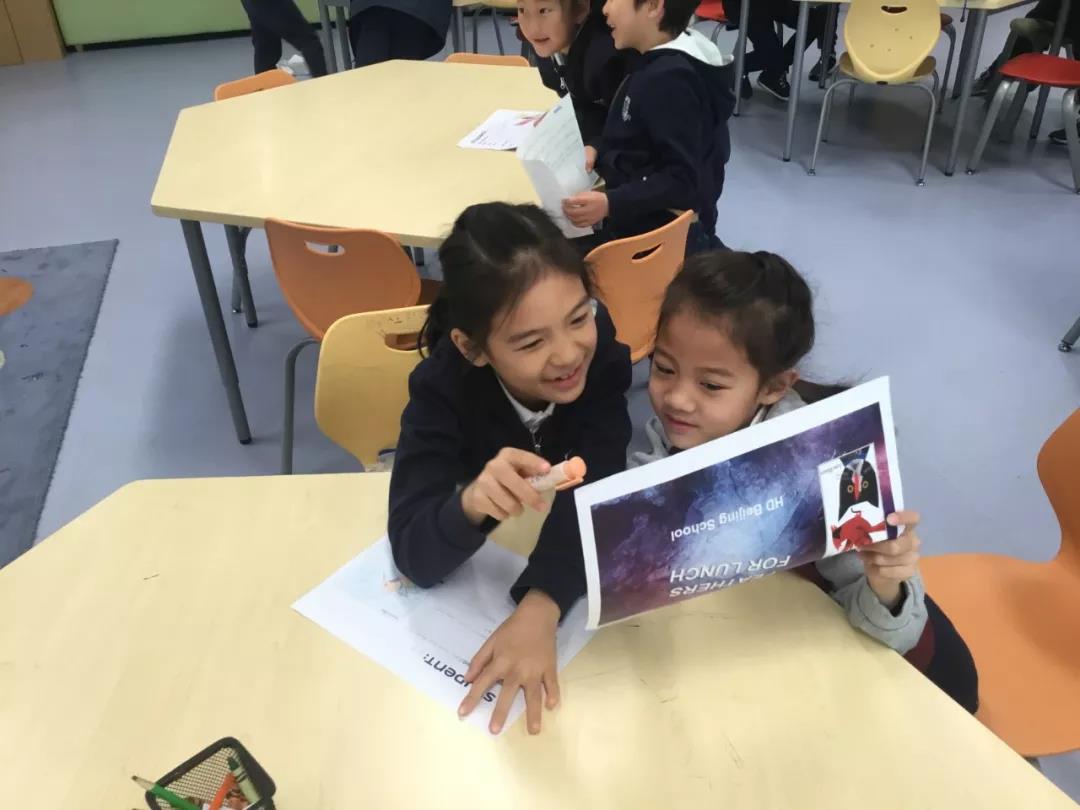
STEAM at HDBJ
This semester at HDBJ, our 2nd grade classes have been involved in a thematic STEAM project based on art and science and anchored by a mentor text, which is a children’s book called Feathers for Lunch. The story is a fun tale about a cat that sneaks out of the house and decides to go on a journey to try to catch a bird for lunch. The birds fly away before being caught as they always hear the cat coming by the bell on the cat’s collar. After all his efforts, all the cat gets is feathers for lunch.
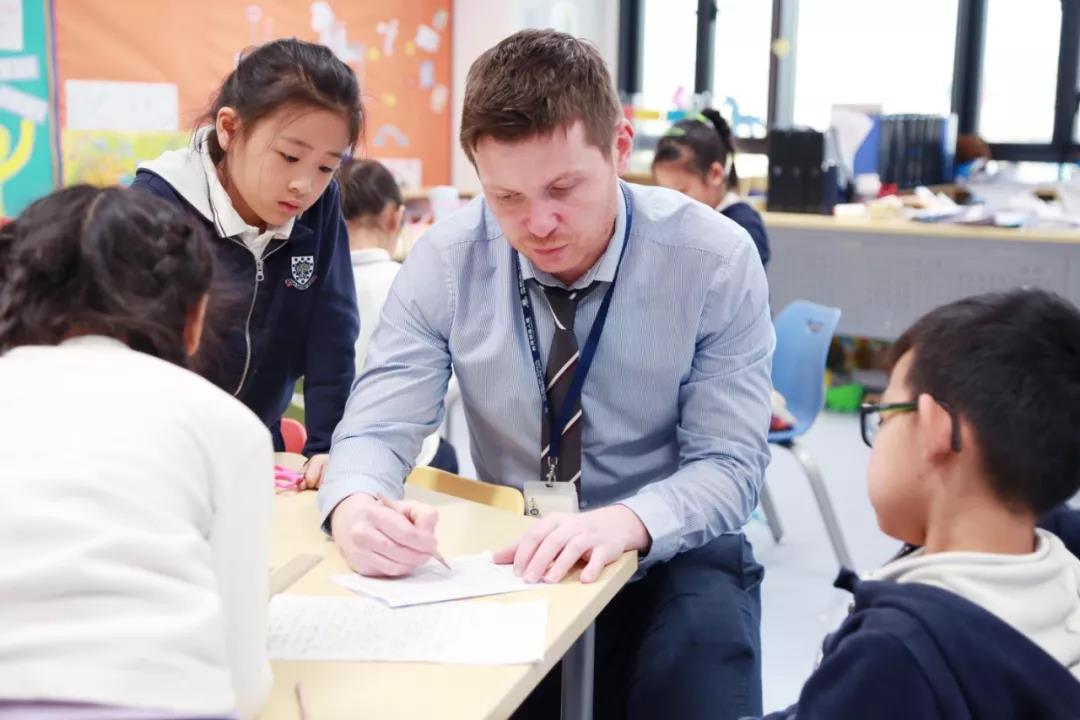
This project involved 17 teachers and the following subject areas: Maths, Science, Drama, Technology, Art, Engineering, Chinese Moral, English and Chinese. This project connected these content areas through a variety of activities, projects and lessons in a meaningful and engaging way which allowed the students to see connections and apply multiple academic content areas based on the children’s book and the over-arching theme of Habitats.
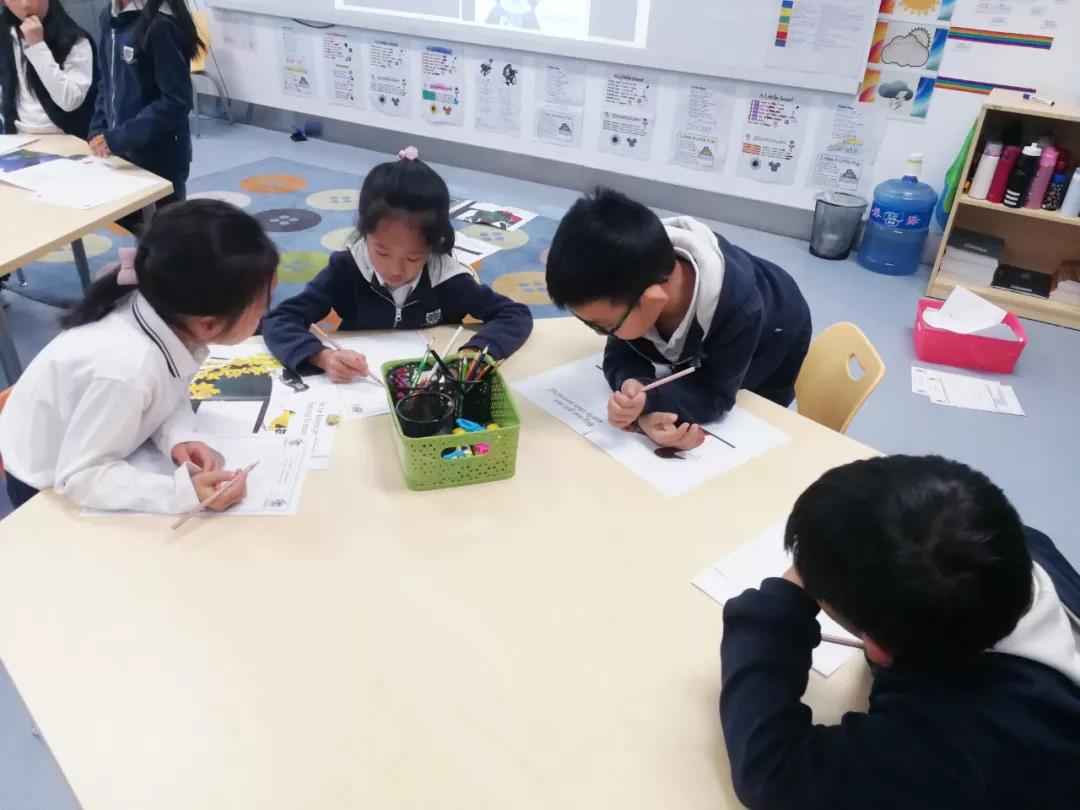
01
The Start
This project began with an English lesson where the teacher reads the rhyming book Feathers for Lunchaloud and showed the students the collage artwork that helps to tell the story visually. Next, the students utilized creative expression and drama to act out the story. Students were given props such as bells to represent the bell on the cat’s collar and bird cards that spelled out the sounds the birds make; they had great fun acting out the story themselves. This addressed a number of English standards as well as drama and performing arts. The teacher then pointed out some unique features of the book, including the beautiful collage artwork and highlighted that the book shows the name of the birds and the names of the plants in small print, as well as spelling out the sounds that the birds make.
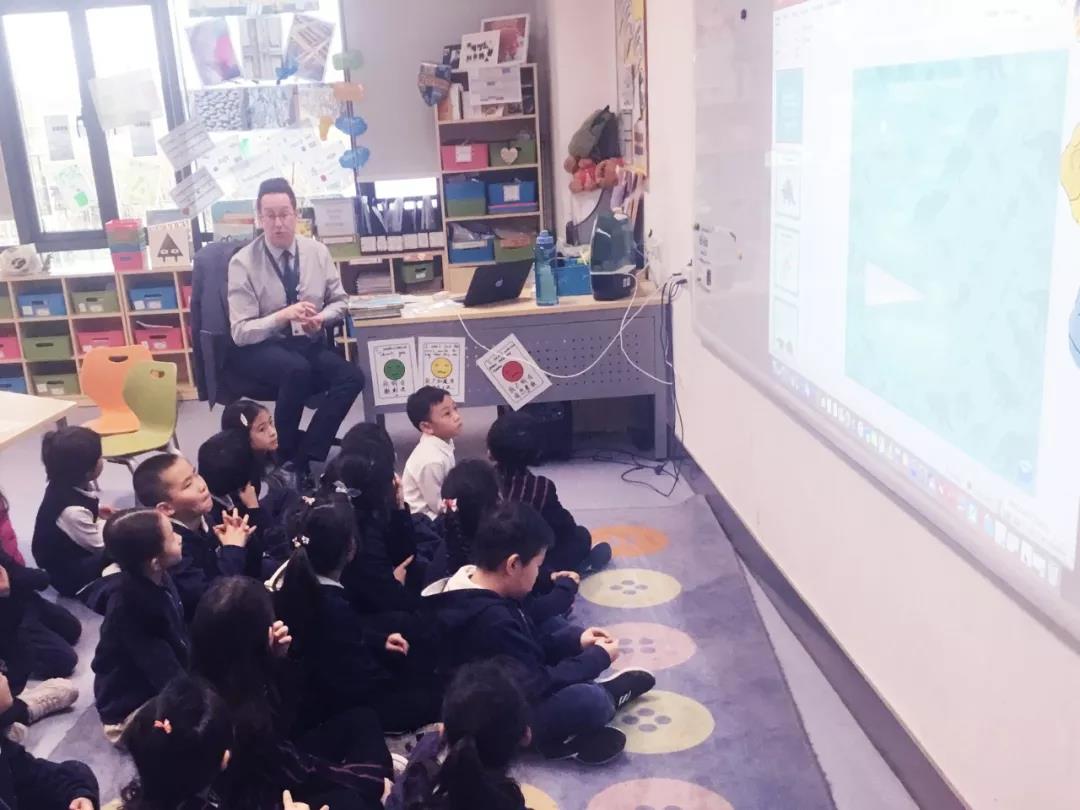
02
International Arts
In their International Art class the students learnt collage techniques using acrylic paint to create a variety of colours and textures that can be cut out and placed together to create shapes. This art lesson specifically taught the students to make bird collages like the birds they saw in the book, the difference being that the students create collages of birds found in China (three of which were strategically chosen because they are identified as endangered).
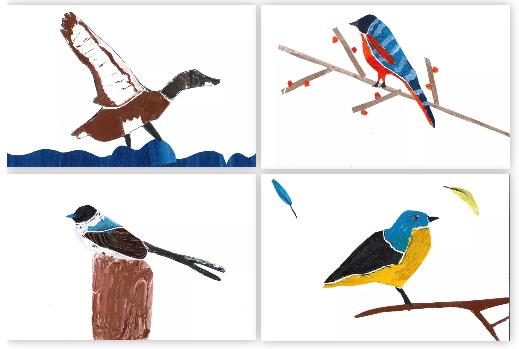
03
Arts integrated Maths
The art lesson integrated mathematics by identifying shapes, geometry and the concept of scale and measuring. Students needed to use a ruler to measure the size of bird drawings provided by the teacher to determine how to reduce the size by 50% or scale down the dimensions of the bird to one half the original size. The Chinese maths teachers taught a lesson focusing on this specific concept of measuring and scale. At this point in the project, students have now made connections between the book, art, maths and drama.
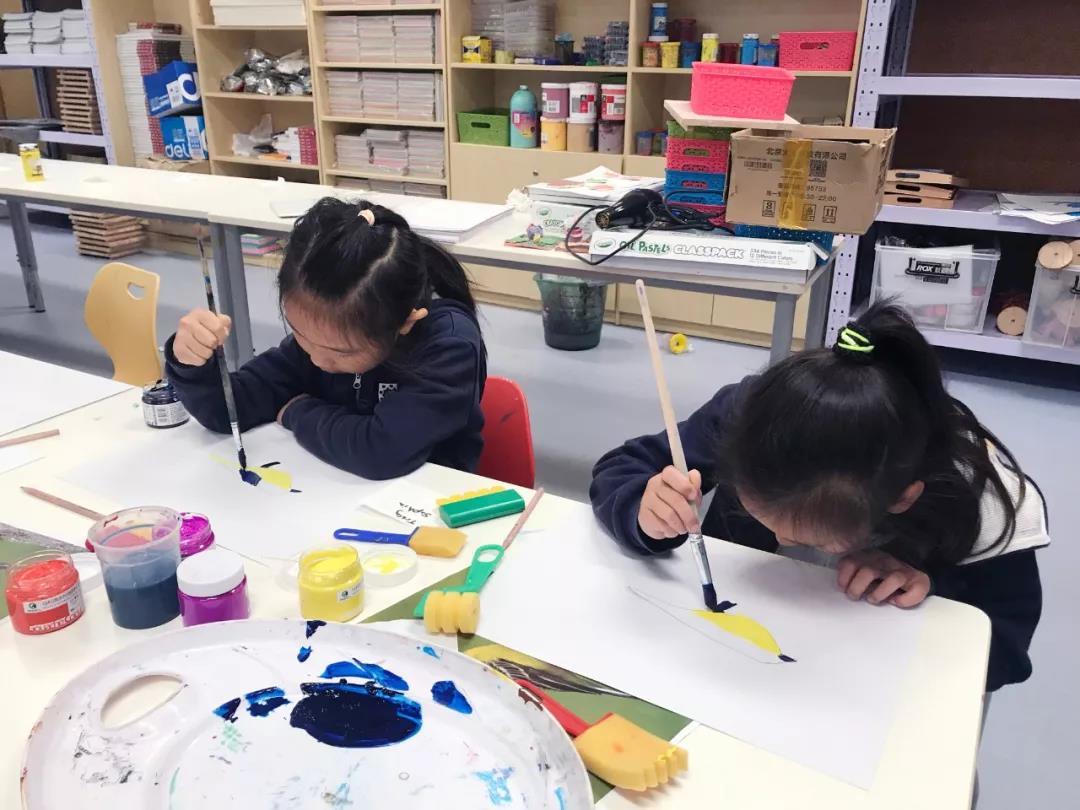
04
Science
The next academic content area on this project is science. Within the theme ofHabitats, the students learn about habitats, adaptation, biomes and endangered species. The teacher makes connections to the birds which the students made in the art class and discussses how their environments and threatened habitats are endangering some birds in China. This connects the art, the book, science and the Chinese moral objectives related to the environment. Recently students went on a field trip to the Beijing Botanical Gardens where they looked at plants and flowers. The science lessons made connections to this experience by discussing the environment and how plants can be affected by changing habitats, as well as discussing the structures of a plant and therefore connecting some engineering concepts to the project.
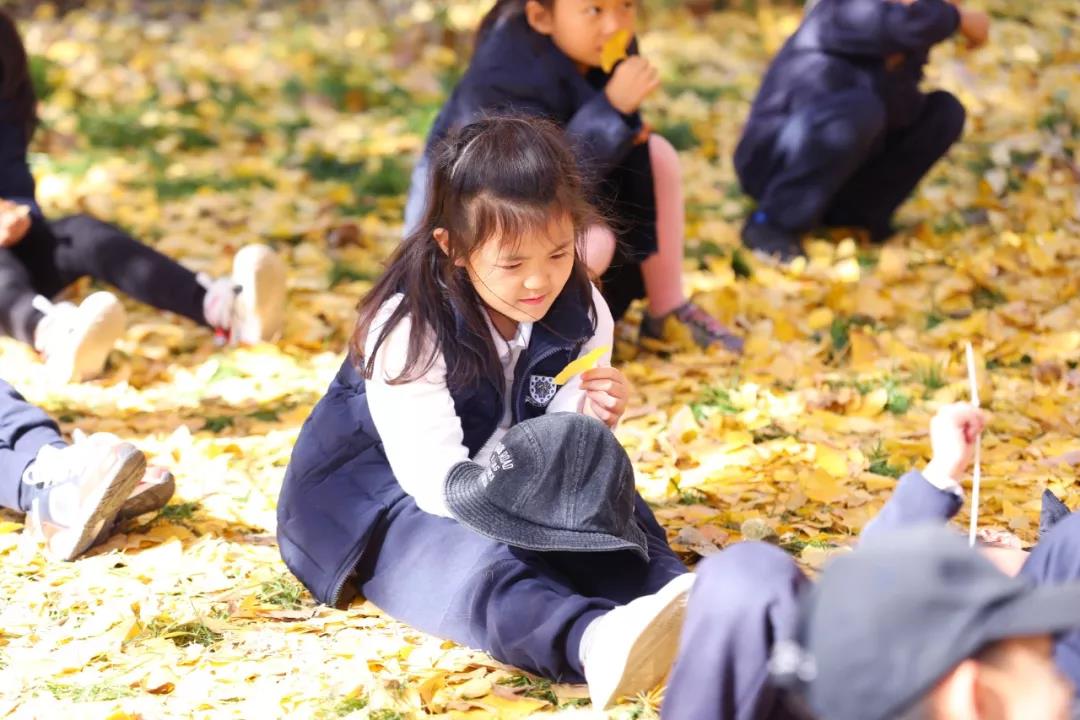
05
Chinese Arts
The next connection involved the Chinese art class where the students practiced the collage technique they learned when creating their birds to make plants and flowers, thus connecting their field trip experience, the science lessons and the art they are producing. The final outcome is that students will have made bird collages, plant collages and will have been guided by the science and the children’s book as a mentor text driving the projects.
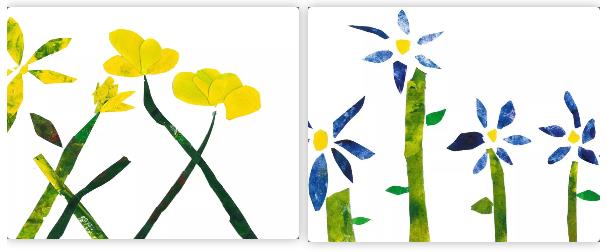
06
Integrated with Chinese Curriculum
As part of the Chinese language integration, the students were paired-up and given a page of the book Feathers for Lunch to translate the English text into Chinese. Students used critical thinking skills and collaboration to develop their translations. This is a high-level activity allowing students to make connections between the English language and the Chinese language.
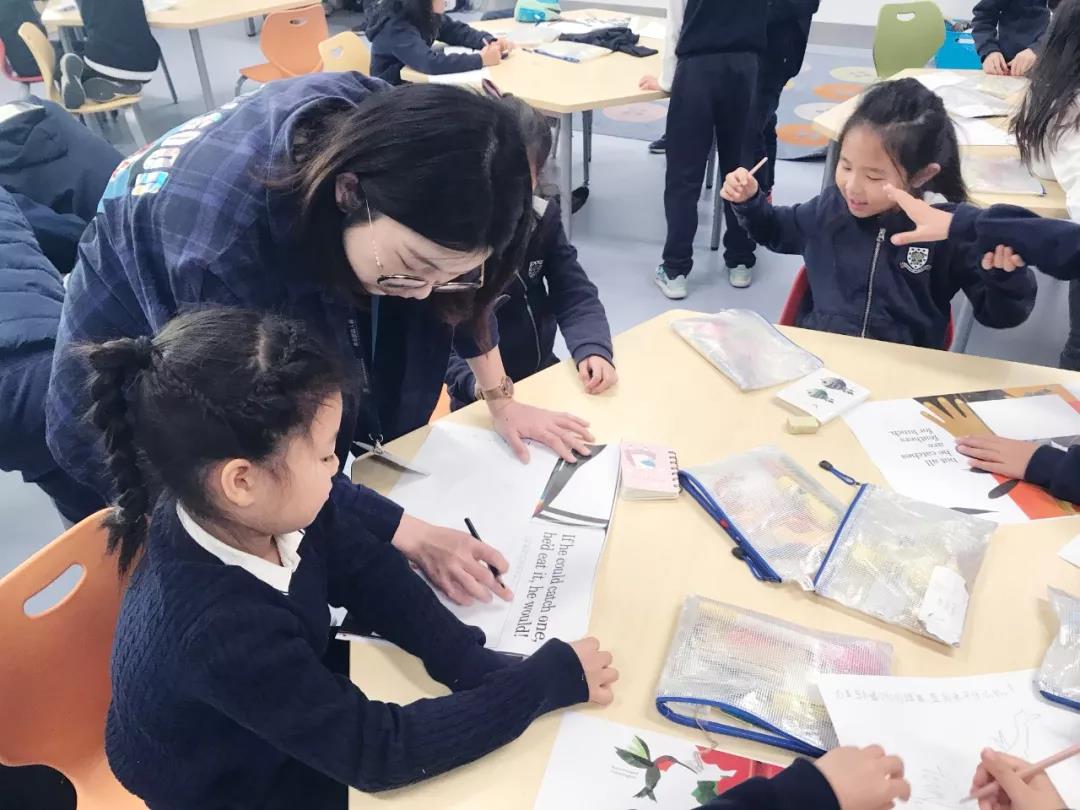
07
Get into ICT class
They then visited the ICT class (Information Communication Technology) and with guidance from the instructor, took digital scans of their Chinese bird art, their Chinese plant art and their Chinese text translations to recreate the original book into a new Chinese version.
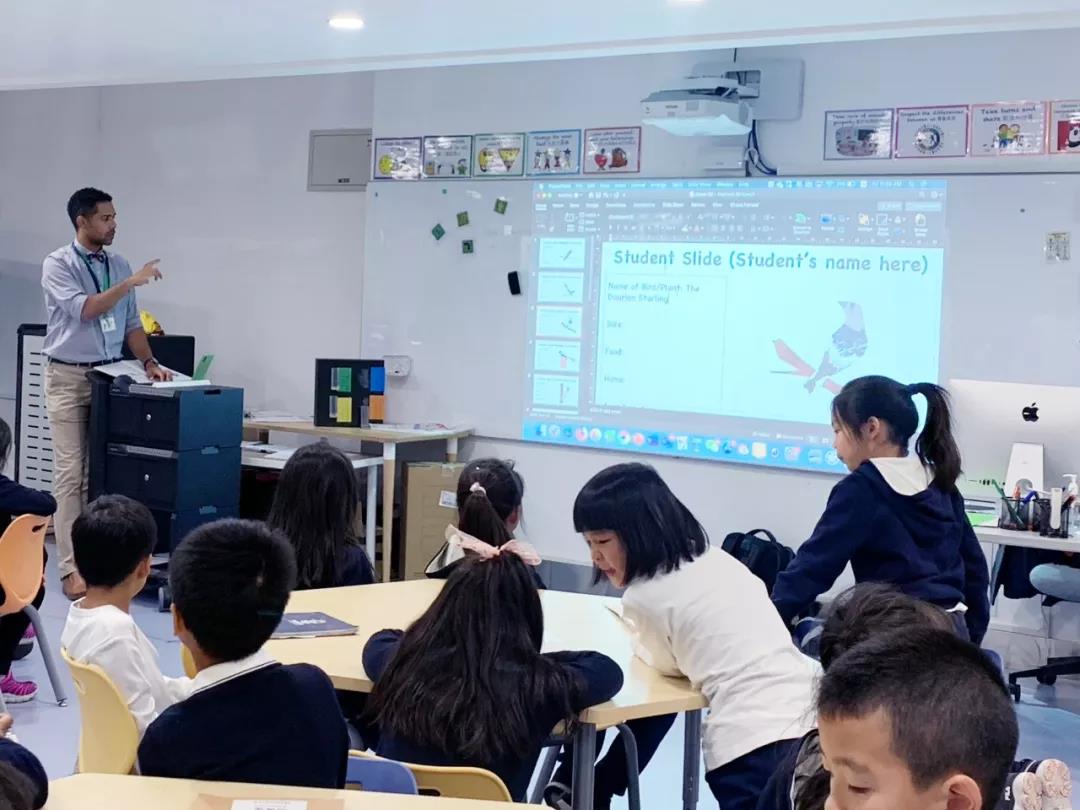
At the same time, the science teacher assigned another technology-related project in which the student pairs are tasked to create a PowerPoint presentation which shows their bird art and some scientific information about the bird, such as the name of the bird, how much it weighs, what it eats, and where it lives. Each pair presents to the class in English to share their bird art and scientific information about their bird.
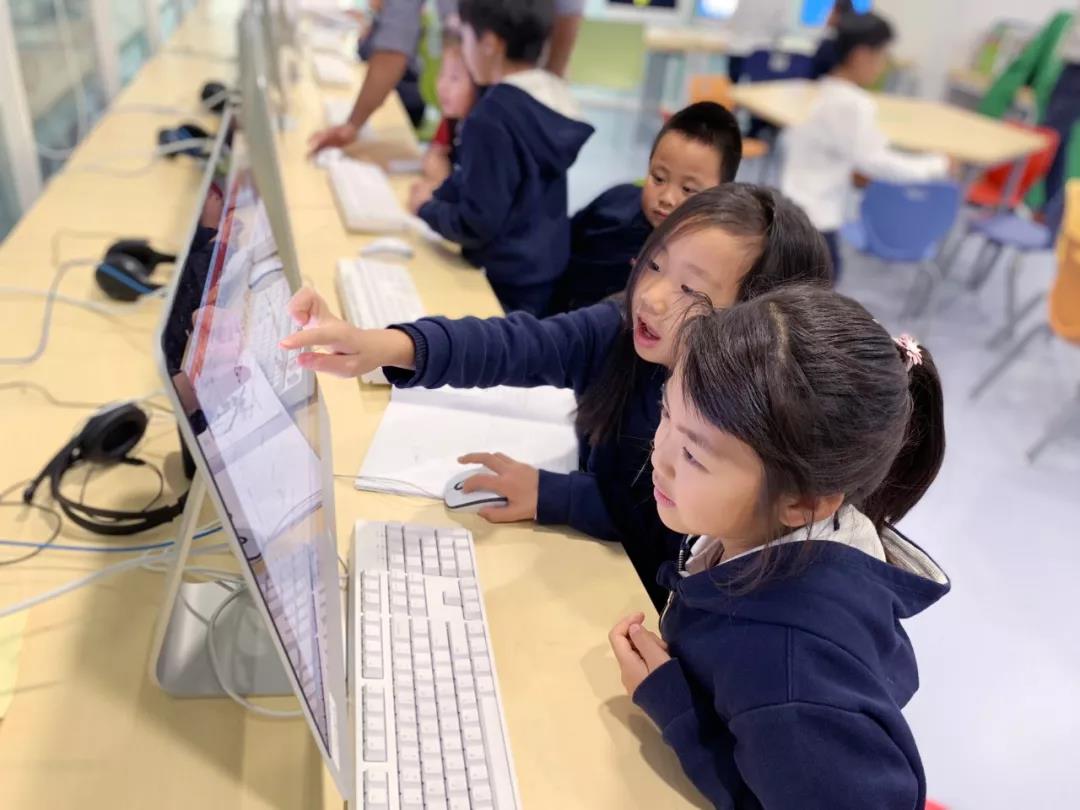
08
Summary, Communication and Feedback
Once the books were compiled, they made comparisons between their book and that of the other Grade 2 classes to see if there were any differences in the translations and to appreciate the artwork of their peers. This allowed students to reflect on the translation process and to make further connections between the English language and the Chinese language.
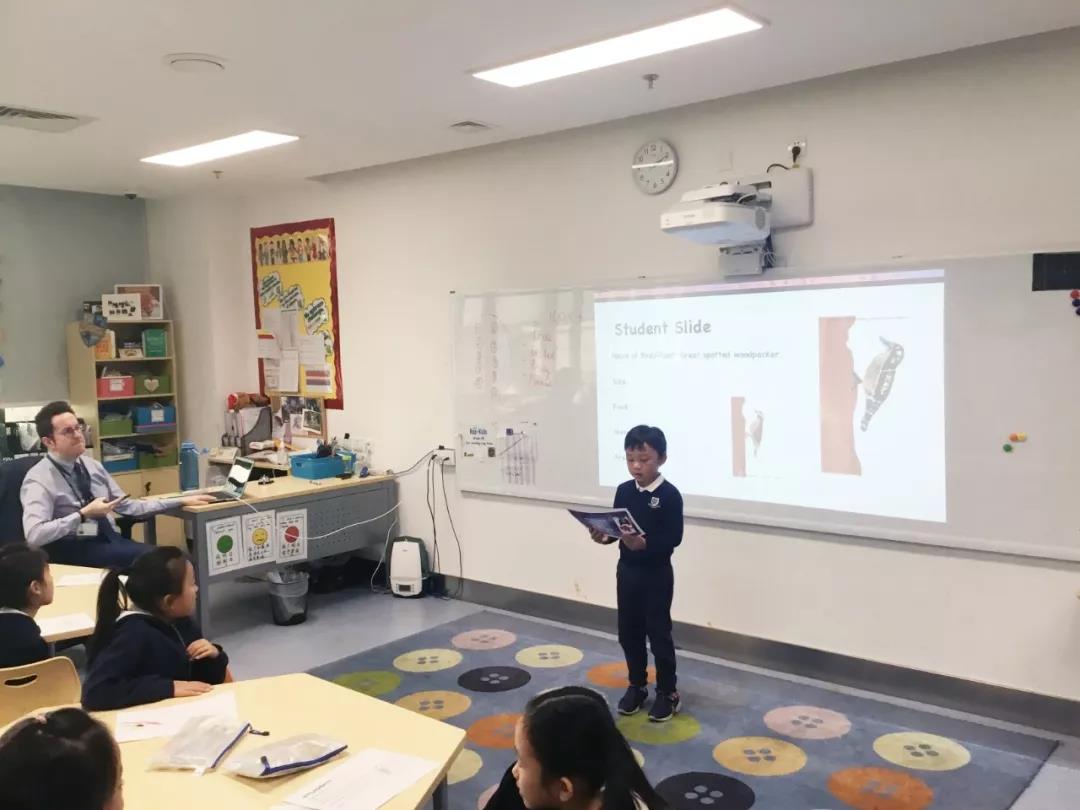
09
Final Project Presentation
The final product of the beautiful collage art, the books made by the students containing their own artwork and text translations, and the PowerPoint presentations establishes meaningful connections between multiple academic content areas. The students have experienced collaboration, using creativity and communication skills as well as critical thinking to complete the various activities within the overarching STEAM project in a hands-on and engaging way.
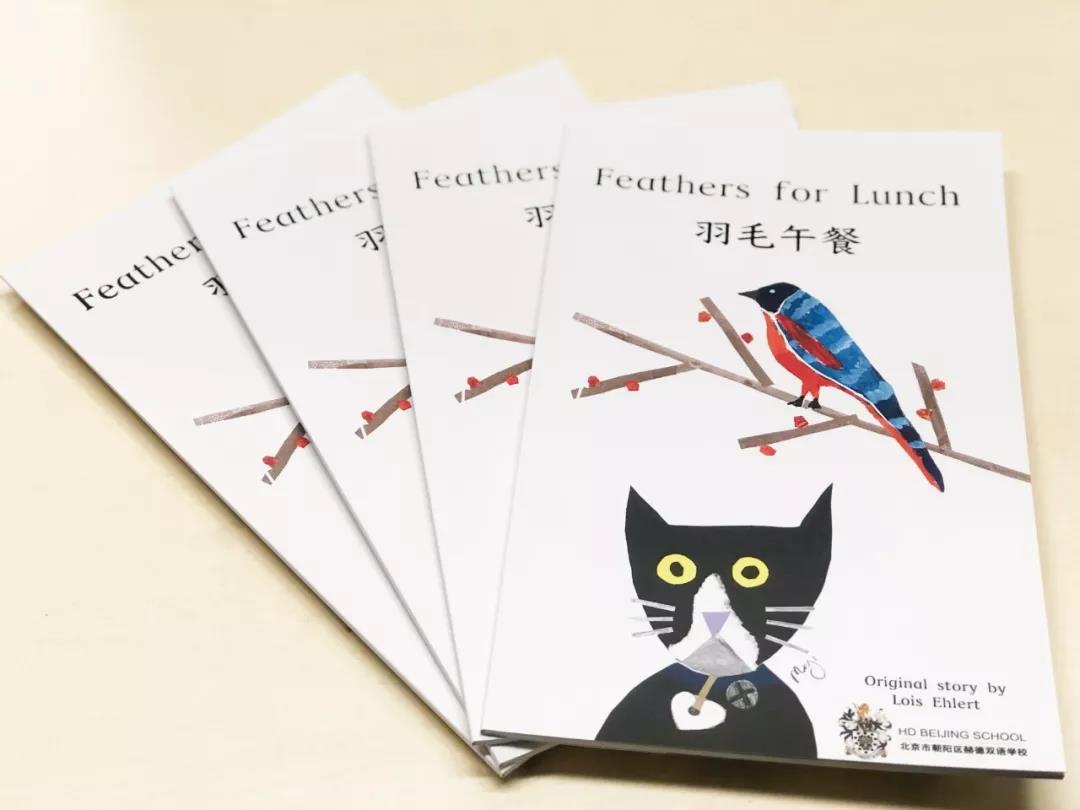
Forecast
Tomorrow(Jan 17)morning, G2 students will present the beautiful books containing their own artwork and text translations in the theater of HDBJ. Welcome to visit!


